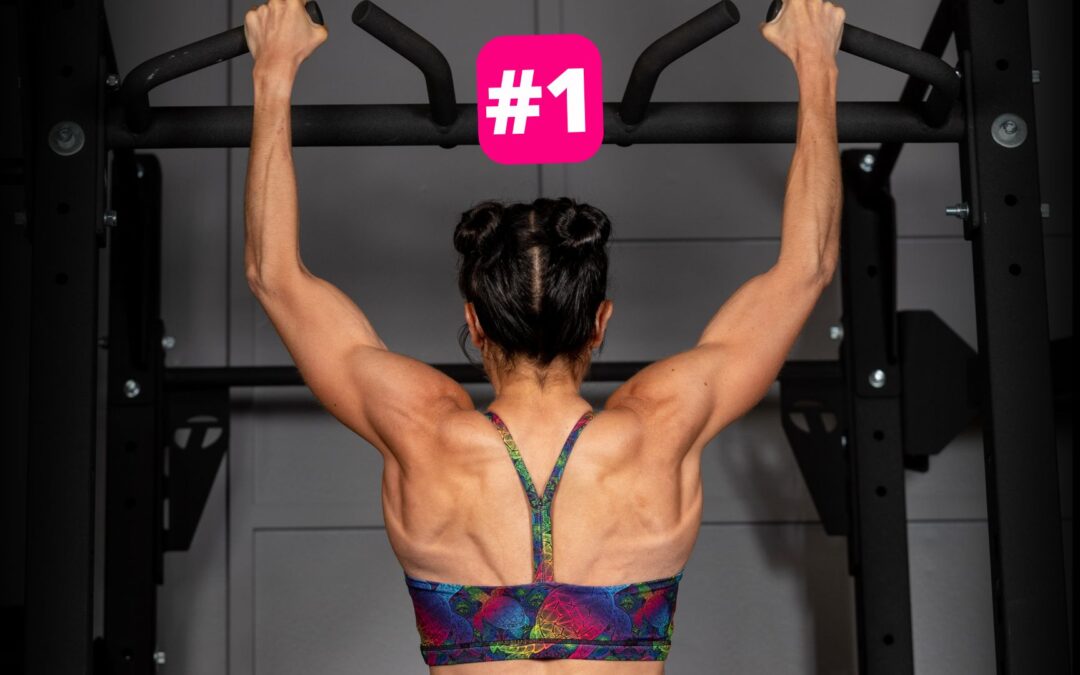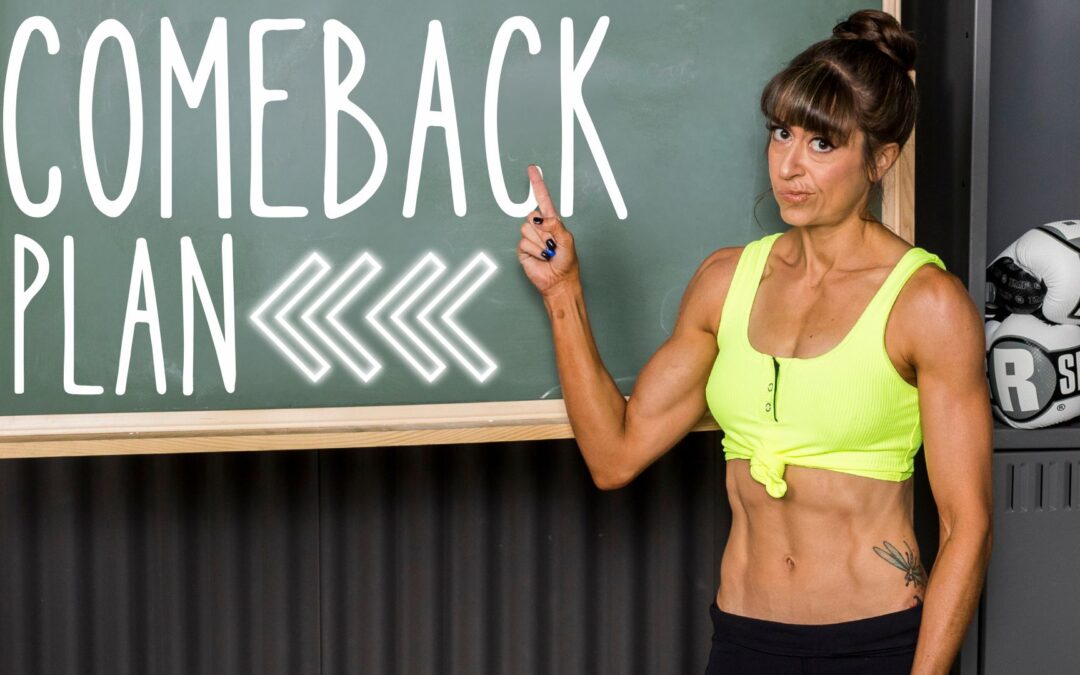
by Cori Lefkowith | Oct 6, 2024 | Uncategorized
So you want to achieve your first pull up and quickly build up to even double digits…. Then pull up practice is a must! The only problem is, you can’t just keep practicing the same assisted pull up variation if you want to progress. Ever even notice how, when you work...

by Cori Lefkowith | Sep 29, 2024 | Blog, Exercises, Functional Fitness, Pain Relief, Workouts
Starting back to working out is HARD. It’s easy to do too much too fast and prevent ourselves from getting into a routine or even end up injured. It’s hard to regress to progress and even check our egos to do less than we were doing before. But meeting ourselves where...

by Cori Lefkowith | Sep 26, 2024 | podcast
LISTEN HERE 7 WATCH HERE 7 TRANSCRIPT 7 OPEN TRANSCRIPT Cori (00:00):Hey guys, this is Cori from Redefining Strength. Welcome to the Fitness Hacks Podcast. This is the show where I share all my free work on and nutrition tips. I’m not going to ever fill this...

by Cori Lefkowith | Sep 22, 2024 | Blog, Diet, Exercises, Pain Relief, Workouts
I’m going to give it to you straight. 15 tips from about 15 years in the industry in under 15 minutes. Good thing I talk fast. Tips that not only worked for me but I’ve seen work for people around the world to help YOU rock those results no matter your age. So to not...

by Cori Lefkowith | Sep 19, 2024 | podcast
LISTEN HERE 7 WATCH HERE 7 TRANSCRIPT 7 OPEN TRANSCRIPT Cori (00:00):Hey guys, this is Cori from Redefining Strength. Welcome to the Fitness Hacks Podcast. This is the show where I share all my free work on and nutrition tips. I’m not going to ever fill this...






